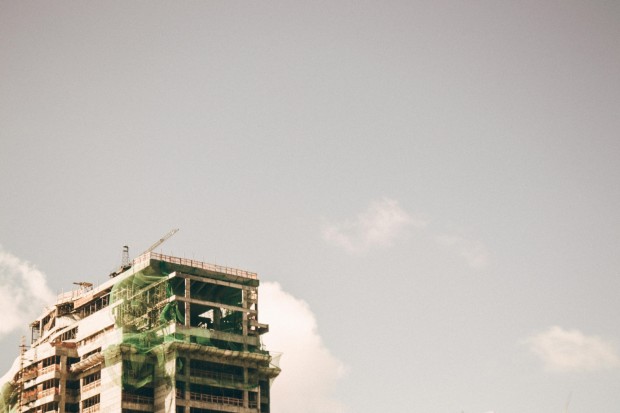Mastering construction risk management is crucial for project success. Here are five dynamic tips to help you navigate risks effectively.

(Photo : Pexels/thiago japyassu)
1. Identify the Risks
Identifying the issues that could potentially put your projects in danger is the first step in developing a plan for managing construction risks. It is advisable to conduct risk identification during the pre-construction phase of a project to provide sufficient time for risk management before their acceptance. Discussing ideas with the team working on the project and stakeholders efficiently analyze risks. The purpose of this exercise is to determine all of the potential outcomes that could affect the project. Each team can contribute its skills and knowledge during an ideation session. It is possible to better understand size, scope, and location by consulting previous projects as a reference.
2. Prioritize Risks in Order of Importance
Various construction hazards are specific to each organization; a risk relevant to one construction company may not be relevant to your project. For instance, specific environmental hazards, such as cyclones, might have a different magnitude of impact on an inland enterprise than on a coastal enterprise.
Once your risks have been identified, it is essential to rank them in order of importance based on two aspects: the prospective impact that they could have on your company and the likelihood that they will actually materialize. When feasible, incorporate quantitative measures such as dollar quantities and percentages into risk assessments.
3. Look into Safety Training Programs
Instruction on safety procedures is the cornerstone of risk management in the construction industry. Determining the precise courses and certifications that employees ought to possess may prove challenging, contingent upon the intricacies of one's operation. Because of this, it is always an excellent idea to seek the advice of professionals who can point you in the appropriate route.
Also Read: Home Construction Slumps Amidst Housing Shortage Crisis in US
4. Avoid Situations that Increase Accidents and Issues
Even as the work progresses and evolves, inspections guarantee that every construction site remains compliant. Leaders must establish benchmarks for quality control and promptly detect potentially hazardous areas. Consider a thorough analysis of prevalent safety hazards as an illustration. According to the Bureau of Labor Statistics (BLS), the most common reason for injuries on the job was overexertion. Muscle injuries caused by repetitive motion or other forms of accidents due to weariness could result from this on a construction site. Therefore, it is essential to avoid overscheduling personnel, which can lead to burnout, mental fog, or a lack of attention. Be careful not to overschedule!
5. Review Results
Contractors must perform routine evaluations of their risk management program, assessing achievements and shortcomings and revising the procedure in light of insights gained. It is necessary to make continuous improvements to the construction risk management process. Every risk management program ought to be modified to consider past performance and the overall developments in the industry. Decades have passed since the last significant shift in the construction industry's risk environment. New dangers will be introduced into the future construction industry, along with new approaches to deal with and lessen the impact of those dangers.
Related Article: Working in Confined Spaces: 5 Construction Safety Tips From OSHA to Avoid Hazards







